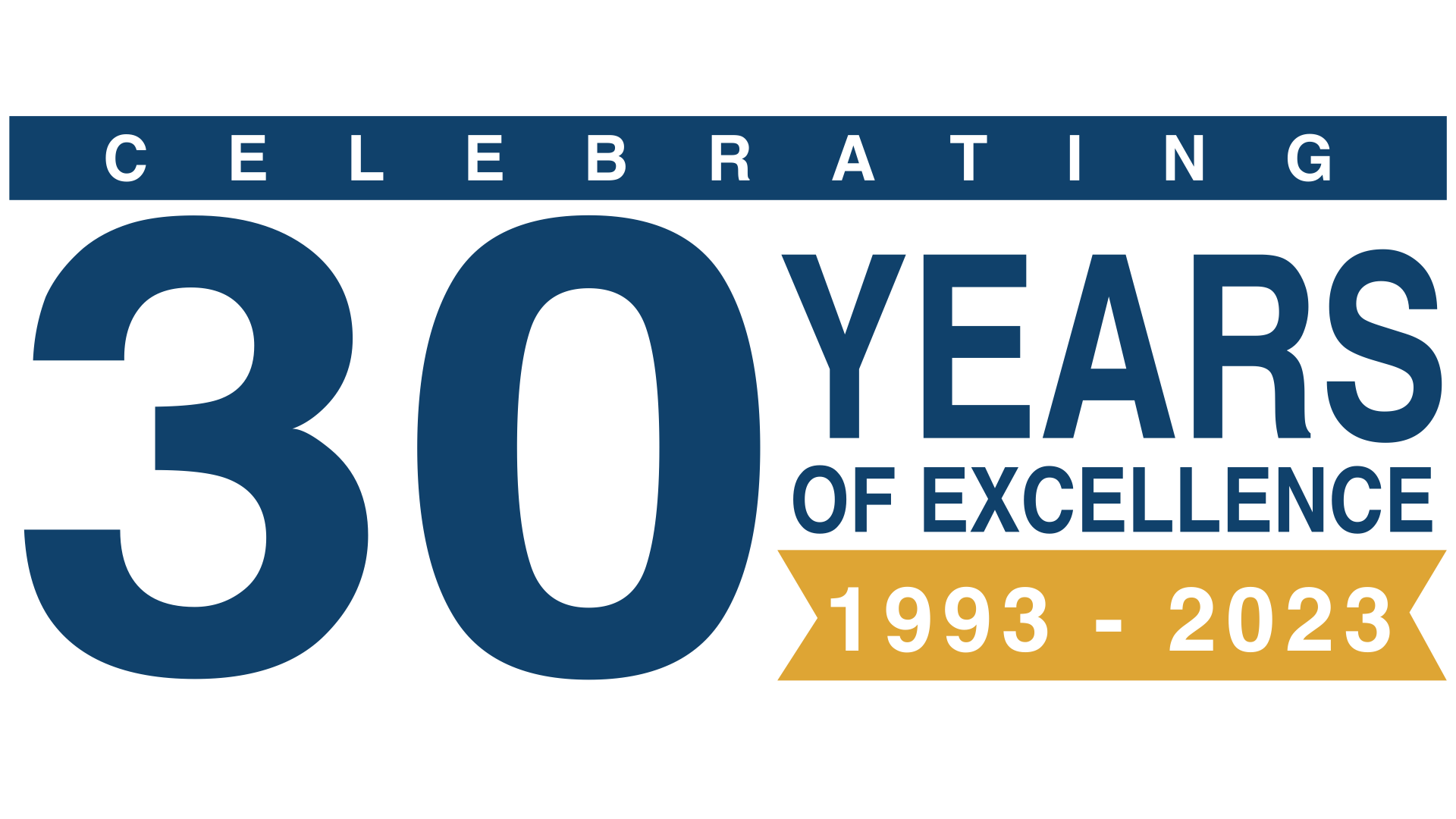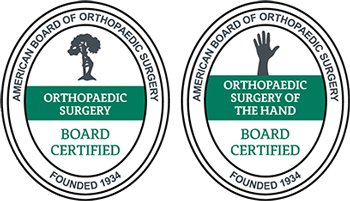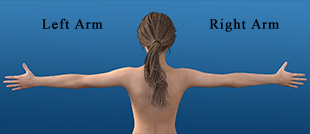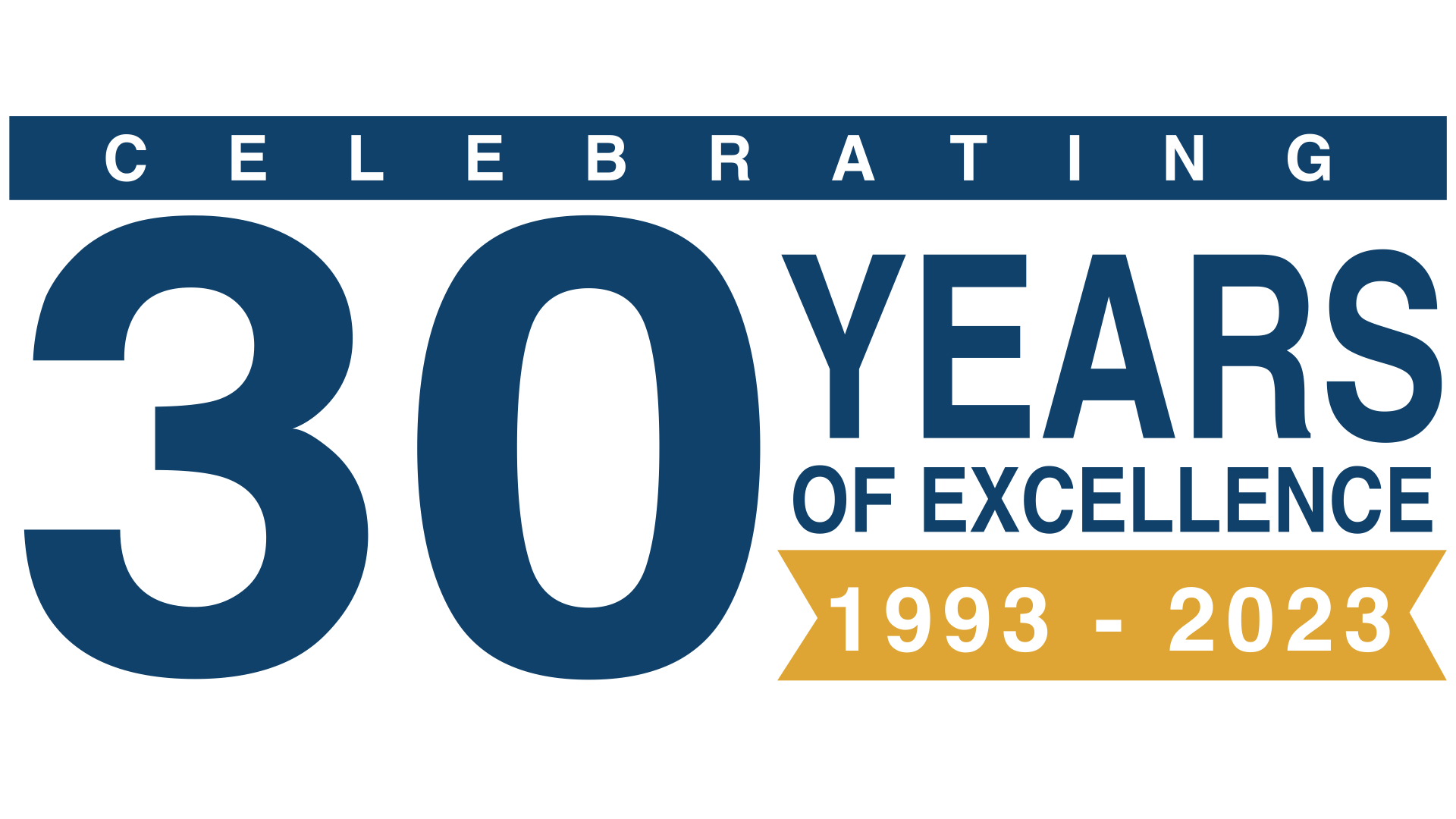What Are Heberden’s and Bouchard’s Nodes?
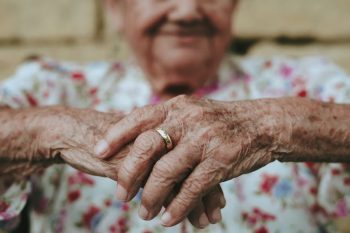
“Your hands tell me a story” by Eduardo Barrios licensed under Unsplash
We use our hands for everything, from heavy labor tasks to activities that require fine motor skills. Over time, the tissue in our hands can wear down and cause a condition like osteoarthritis. This, in turn, can cause Heberden’s and Bouchard’s nodes to grow on our finger joints. However, there are various ways you can try to prevent and heal this condition. Read on to explore an overview of this condition and its various causes, symptoms, and treatments.
What Are Heberden’s and Bouchard’s Nodes?
Heberden’s and Bouchard’s nodes are small, swollen bumps that grow on the joints of your finger. Heberden’s nodes appear on the joint closest to the fingertip, and Bouchard’s nodes appear on the middle joint of the finger. This swelling is a telltale sign of osteoarthritis, a degenerative joint condition. Heberden’s nodes are named for the doctor who first described them, Dr. William Heberden, Sr. Bouchard’s nodes are named for Charles-Joseph Bouchard, a French pathologist who studied people with arthritis in the 19th century. There can also be similar bony growths at the carpometacarpal joint at the base of the thumb.
What Are the Causes of Heberden’s and Bouchard’s Nodes?
Heberden’s and Bouchard’s nodes are the result of a degenerative joint disease called osteoarthritis. This condition happens when the protective cartilage, the firm, flexible tissue, at the ends of your finger bones and joints wear down over time. Without this cartilage, rough bony ends can rub together and cause inflammation, pain, and stiffness. While osteoarthritis can affect any joint, it usually affects the hands, hips, knees, and spine. As it occurs over a long period of time, this disease is most common among older adults.
How does the inflammation work? How exactly do the Heberden’s and Bouchard’s nodes get there? In healthy fingers, the bones in your finger joint fit together well and move against each other easily when you move and bend your fingers. That’s because the cartilage cushions your bones. However, when the tissue around your bones breaks down, the bones don’t fit together anymore. To fix this issue, your body’s natural response is to try to repair cartilage and foster new bone growth at the joint, creating nodes or spurs.
What Are the Symptoms of Heberden’s and Bouchard’s Nodes?
Symptoms of Heberden’s and Bouchard’s nodes are pain and tenderness in your fingers and hands, especially around your joints. Look out for redness, swelling, and pea-sized growths or knobby, bumpy areas that could be nodes. The soreness and inflammation may also limit the range of motion of your fingers, as the rough ends of the joint won’t move against each other as easily as against smooth cartilage. Your fingers might feel numb, weak, or stiff, especially if you’re trying to move them or grasp objects. It may be challenging to perform daily tasks like typing, writing, or opening bottles.
If you’re experiencing any of the symptoms listed above, it’s important to call your doctor to figure out what’s happening. It’s likely they’ll examine your fingers, and they may also give you an X-ray, depending on your exact symptoms. They can then determine if you have osteoarthritis and work with you to create an effective treatment plan. Make sure to follow the directions of your health care provider closely so you can feel better in no time.
Heberden’s and Bouchard’s Nodes Treatment Options
Most treatments for Heberden’s and Bouchard’s nodes involve decreasing pain and increasing mobility. One of the best ways to let your hands heal is by giving them rest. If you use a lot of force on your hands every day, try to transition to less-intensive activities. Try wearing an orthotic device or medical splint to support your finger joints when you’re completing activities with your hands and resting. Consider using a warm compress or paraffin wax on your hand to warm the joints and reduce pain. You might use ice packs as well, especially after activity, to reduce swelling.
Physical therapy can be helpful to stretch your hands, decrease pain, and increase your ability to move and bend your fingers. Professional therapists can teach you certain exercises and massages to do regularly to heal your joints. They can also instruct you on the proper ways to move your fingers while completing activities to protect your joints and use your hands in safe ways. There are various adaptive tools you can use to decrease stress on your hands like gloves and finger massagers.
Over-the-counter pain medication may also help reduce the pain and swelling caused by these nodes. For example, acetaminophen, counterirritants, and nonsteroidal anti-inflammatory drugs in pills or ointments may help. A doctor may also help you by prescribing steroid injections or other medications to reduce pain.
Surgery for Heberden’s and Bouchard’s Nodes
In most cases, the best treatment for these nodes is rest and therapy. However, there are some severe cases in which surgery may be necessary. If these nodes are giving you great amounts of pain and other methods haven’t fixed it, talk to your health care provider about surgical options. These may involve joint fusion, the removal of cartilage, and fusion of your finger bones.
How To Prevent Heberden’s and Bouchard’s Nodes
There are prevention methods that can help you take care of your hands and avoid this condition, or at least restrict the effects it has on your body. Here are some ways to prevent osteoarthritis all over your body:
- Eat nutritious foods: Eating foods high in fiber, protein, and nutrients and drinking a lot of water can limit inflammation and keep you at a healthy weight, reducing stress on your joints.
- Exercise in low-stress ways: Low-impact exercises like walking, swimming, and yoga can help you stay fit while keeping stress on your joints at a minimum.
- Occupational therapy: Participating in occupational therapy and using your hands properly can help prevent undue force on your finger joints and help you try to avoid arthritis.
Contact the Hand and Wrist Institute Today!
Heberden’s and Bouchard’s notes are common among older adults, but there are many ways to treat these conditions so you can heal, reduce pain, and get back to performing daily activities. If you have any questions, contact us today and we here at the Hand and Wrist Institute will be happy to help you.



